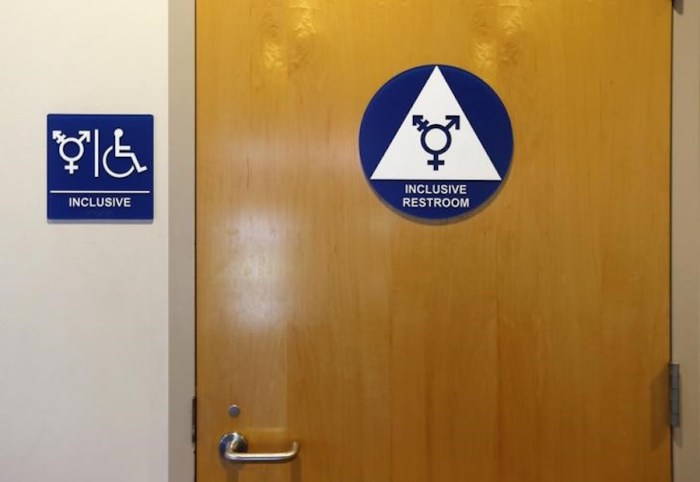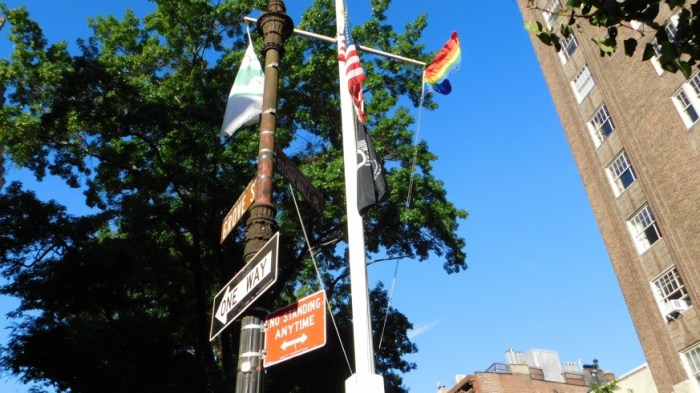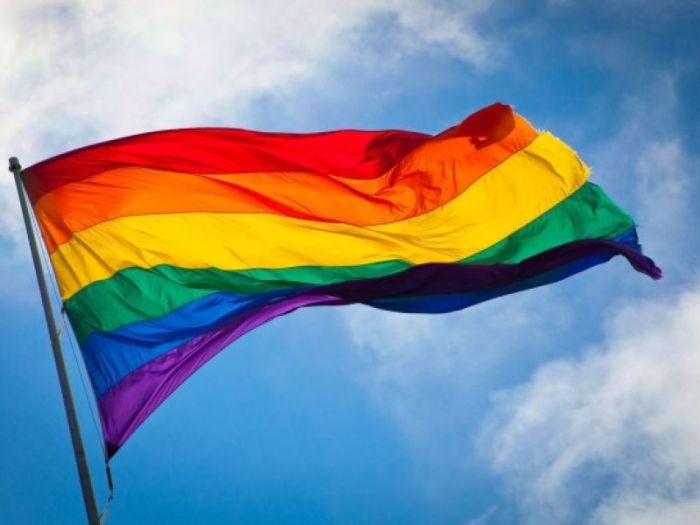A rare form of pneumonia was seen in five young gay men living in Los Angeles on June 5, 1981. Puzzled doctors watched as diseases, like Kaposi’s sarcoma, a rare skin cancer, spread among young men.
The disease was identified as acquired immune deficiency syndrome (AIDS) in 1982, the same year the Gay Men’s Health Crisis (GMHC), the first community-based AIDS service provider in the United States, was established and around the time when Eric Sawyer’s health started to decline.
Sawyer was diagnosed with AIDS in the mid-80s, he lost his partner to the illness and he watched his social circle disappear as a result of what was then seen as a death sentence.
“The people who were first infected with HIV — gay men and drug users, for example — were thought to be expendable and therefore the government didn’t really respond to the HIV epidemic because the right people were dying,” Sawyer said. “Those of us infected with and impacted with HIV and by the loss of our friends stood up and said ‘That’s not right. We have an equal right to life and our life has value.’”
Sawyer has been on anti-retroviral medication for more than 30 years. Once isolated, often hospitalized and on long-term disability, Sawyer enjoys a T-cell count of up to 600 — a number that was once as low as 70. After retiring from UN AIDS, Sawyer started working for GMHC heading up the program for long-term AIDS survivors.
After telling someone they are positive for HIV, GMHC’s “counselors … physically walk them to a clinic, hand them over to providers who will begin them on anti-retroviral treatment,” Sawyer explained.
GMHC, 446 W. 33rd Street in Manhattan, offers services including hot meals and mental health services, while “making sure the long-term survivors feel cared for, paid attention to and the care is improved,” GMHC CEO Kelsey Louie explained. “The services aren’t just available but made more accessible to long-term survivors.”
One of the services in the HIV hub is the recently resurrected Buddy Program.
“If someone is isolated at home or for emotional reasons and they’re having trouble getting to the doctor, the buddy program can help and that one-on-one connection can actually help,” Louie said.
June 5, HIV Long-Term Survivor’s Day, is a day not just of awareness, but of celebration, Sawyer and Louie explained.
“It’s easy to devalue people because they’re poor, not the same race as you, not the same religion as you,” Sawyer, who said he deals with a bit of survivor’s guilt, said. “The few people that everyone was writing off an expendable mounted the response forged in New York and San Francisco by gay men and drug users and their supporters has changed the [world’s response]. “
“Part of it is acknowledging and honoring and appreciating the contributions that long-term survivors have made to the improvement in HIV medication, the policies we have and basically everything we have today for people living with HIV and AIDS,” Louie added.
HIV AND AMERICAN HEALTH CARE
Metro: Is it difficult to get the AIDS “cocktail” of drugs?
Eric Sawyer: It’s really only difficult if you live in a really rural area that doesn’t have decent health care.
Places like the rural south or places like Montana don’t have access to services [like at GMHC] or they’re a state in the south that has not prioritized Medicare/Medicaid and access to HIV treatments.
Does the new American Health Care Act concern you?
E.S.: We’re hoping that the Senate exercises reason and does not allow that bill to become law. Preexisting conditions could very well include HIV.
My HIV medication costs somewhere in the neighborhood between $25,000 to $30,000 thousand dollars a year. I’ve been hospitalized a number of times; I would far exceed the cap and I’m not alone in that.
The process of putting someone on treatment — preventing someone from getting HIV to begin with — saves the healthcare system somewhere between $350,000 and $500,000 just in terms of average care without the cost of hospitalizations.
Kelsey Louie: Tools like PrEP and PEP, if they are made less accessible, they are not going to be effective, so we need to make sure people have access to them.
What does your life look like now?
E.S.: Being able to work gets me out of isolation. We were too ill to work for a long period of time and that traps people into a life of dependency on social programs and safety nets.
What about people who think they shouldn’t have to pay for AIDS treatment?
E.S.: I like to say to people that individual health equals community health equals public health and it’s short sighted to say, “Oh, someone’s cancer or someone’s heart disease is their problem, I shouldn’t have to help to pay for it.” They spirit of this country has always been we help our sisters and brothers and our neighbors and with an infectious disease like HIV, that equation is all the more important. If you help maintain an individual living with HIV’s health to an undetectable viral load, they can’t spread the virus to another individual and the community health is protected and if you eliminate or dramatically reduce the HIV virus that’s swimming around the community pool you can eliminate all HIV infections for the public.
Anything you’d like to add?
K.L.: If there are any long term survivors reading this or anyone who knows a long term survivor, GMHC is available to them as well.
For more information on GMHC and the services offered, go to www.gmhc.org.


















